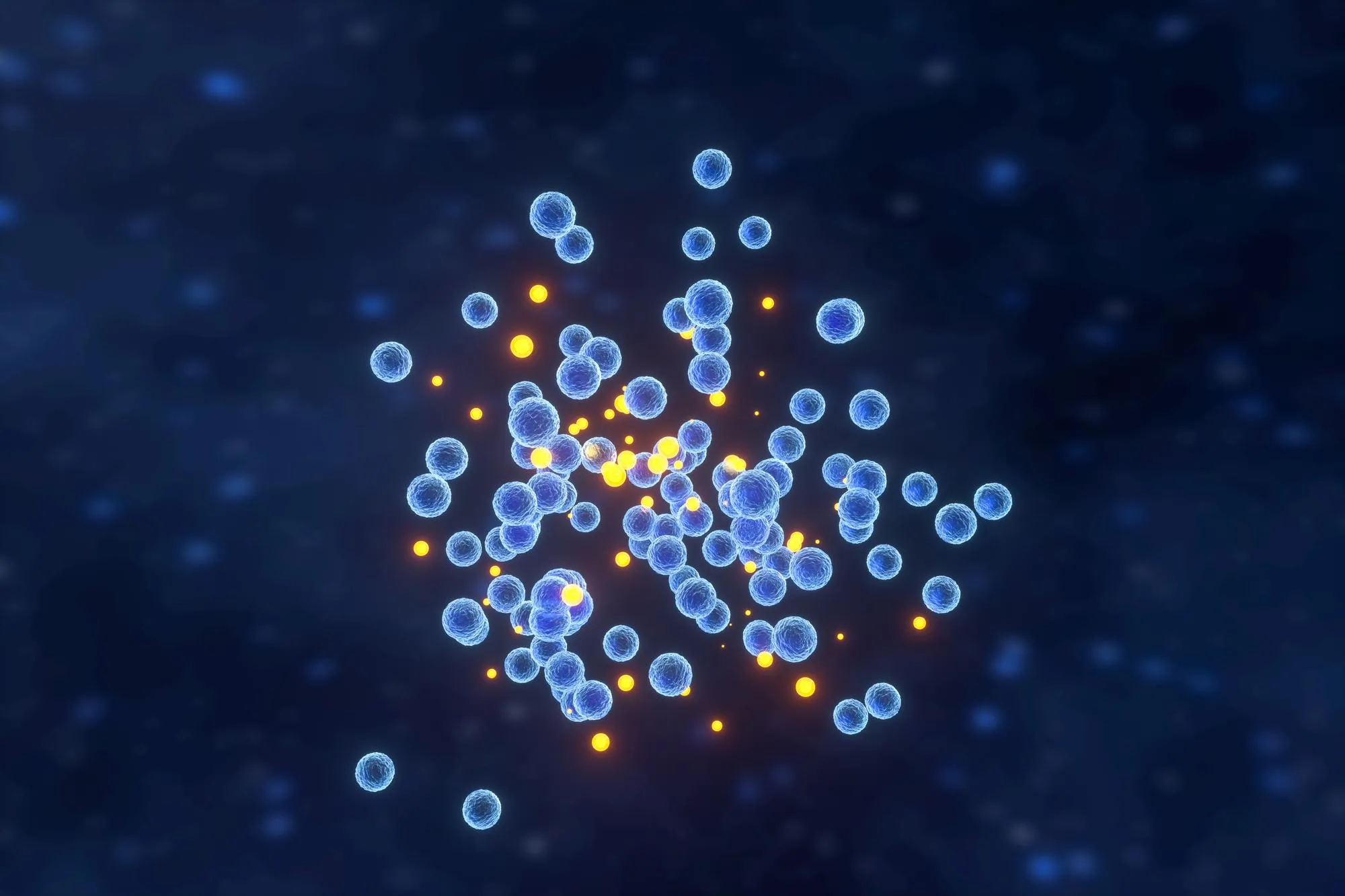Introduction
A momentous breakthrough in the treatment of benign and malignant solid masses has emerged through a recent study, poised to augment the efficacy of High Intensity Focused Ultrasound (HIFU) ablation. The research team, led by principal investigators from Chongqing Medical University in China, have innovatively designed poly (lactide-co-glycolide) (PLGA) nanoparticles which encapsulate perfluoropentane (PFP) and hematoporphyrin monomethyl ether (HMME). By adopting a novel two-step biotin-avidin pre-targeting technique, this approach introduces new vistas for noninvasive thermal ablation of tumors, aiming to leverage the synergistic effects of HIFU and nanoparticle agents.
An Overview of HIFU Ablation
HIFU is a therapeutic modality that uses focused ultrasound waves to generate localized heat to ablate tissue within the body. This noninvasive procedure is gaining traction for its ability to target specific tissue areas without harming surrounding structures, making it an attractive option for cancer treatment. The study’s advancements in this area are not only promising but revolutionary in the field of minimally-invasive medical treatments.
Study Highlights
The groundbreaking study, published in *Scientific Reports* under the DOI: 10.1038/s41598-019-43416-y, posits HMME+PFP/PLGA nanoparticles as potent synergistic agents that amplify the effects of HIFU, marking a significant step forward in cancer therapy. The encapsulation efficiency of HMME and PFP within the nanoparticles were substantial, at 46.6% and 40.1%, respectively, with an impressive 95.5% efficacy in nanoparticle binding to streptavidin.
In vitro studies using a parallel plate flow chamber illustrated the targeted capability of these nanoparticles with many adhering to the cell periphery and surface. The in vivo HIFU ablation experiments furthers this evidence, with the pre-targeting group encountering the most significant gray-scale changes and necrosis areas with the lowest energy efficiency factor, indicating a potential reduction in HIFU energy requirements.
Histological analysis revealed that the microvessel density and cell proliferation index within the tumor microenvironment significantly reduced, whereas the apoptotic index increased post-treatment. A noteworthy extension in survival times for tumor-bearing nude mice was observed in the pre-targeting group compared to those receiving standard HIFU treatment, offering an optimistic outlook on future clinical applications.
The Mechanisms of Pre-Targeting Technique
Pre-targeting strategies, stemming from biotin-avidin system utilization, allow for direct nanoparticle delivery to target tissues. By pre-administering an antibody or ligand with a high affinity for the target tissue, followed by nanoparticles that bind to these pre-targeted cells, enhanced specificity and reduced off-target effects can be achieved. This methodology ticked the criteria for a potentially effective treatment by focusing on target accuracy, minimizing non-specific distribution and optimizing therapeutic outcomes.
Implications of Research
The study’s implications are profound, suggesting a transformation in how thermal ablation procedures are conducted and the accompanying use of contrast agents to achieve precise targeting and effective ablation. By utilizing nanoparticles with the biotin-avidin pre-targeting system, the research demystifies the complex nature of treating difficult-to-reach tumors, pioneering a path to safer, more effective cancer treatments.
Future Prospects and Challenges
While the research offers a significant promise, there remains the task of translating this procedure from a mouse model to human clinical trials. The safety, efficacy, and potential immunogenicity of these nanoparticles must be thoroughly examined in a clinical setup to ensure their viability for human use. Furthermore, scaling up, optimization, and manufacturing considerations pose additional challenges that must be addressed.
Conclusion
HIFU’s evolution has been expedited through the introduction of nanotechnology, which holds the potential to revolutionize noninvasive surgery. This study’s development of sonosensitizer-loaded nanoparticles, coupled with a two-step pre-targeting technique, signals a seismic shift in the treatment paradigm for solid tumors, making it a beacon of hope for countless patients worldwide.
References
1. Ter Haar G. HIFU Tissue Ablation: Concept and Devices. Adv. Exp. Med. Biol. 2016;880:3–20. doi: 10.1007/978-3-319-22536-4_1.
2. Hsiao YH, et al. Clinical Application of High-intensity Focused Ultrasound in Cancer Therapy. J. Cancer. 2016;7:225–231. doi: 10.7150/jca.13906.
3. Zhang Yong Y, et al. Enhancement of HIFU ablation by sonosensitizer-loading liquid fluorocarbon nanoparticles with pre-targeting in a mouse model. Sci Rep. 2019 May 06; 9: 6982. doi: 10.1038/s41598-019-43416-y.
4. Altai M, et al. Pretargeted Imaging and Therapy. J. Nucl. Med. 2017;58:1553–1559. doi: 10.2967/jnumed.117.189944.
5. Davies DR, et al. Antibody-antigen complexes. Annu. Rev. Biochem. 1990;59:439–473. doi: 10.1146/annurev.bi.59.070190.002255.
Keywords
1. Noninvasive HIFU Ablation
2. Cancer Treatment Nanoparticles
3. Targeted Thermal Therapy
4. Sonosensitizer in Oncology
5. Pre-targeting Technique Medicine
